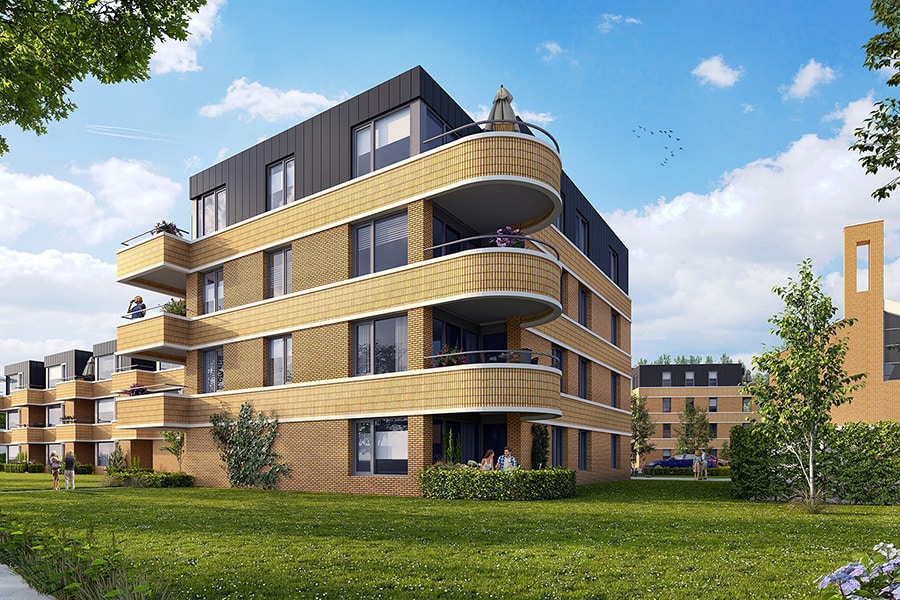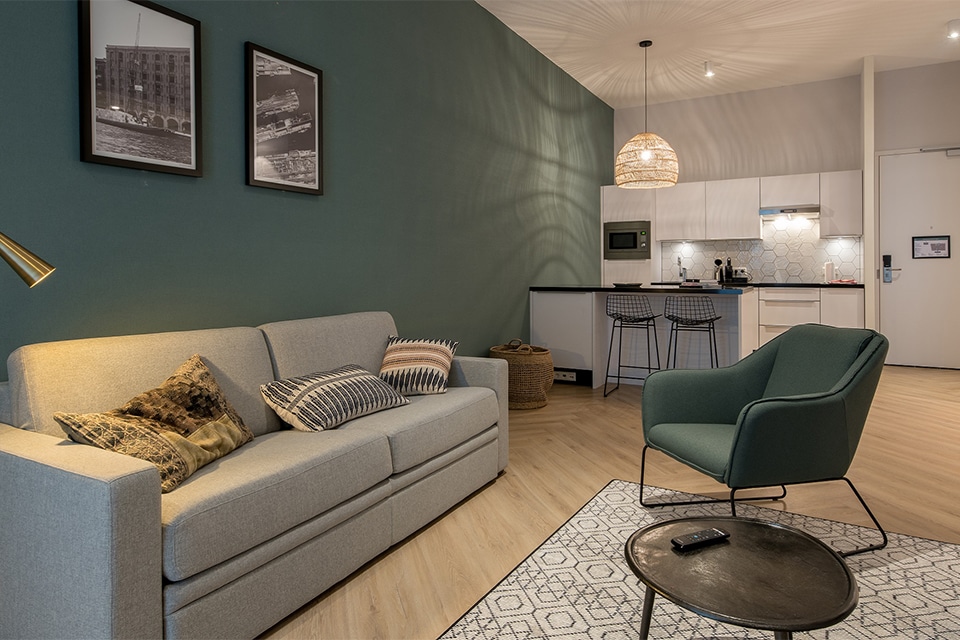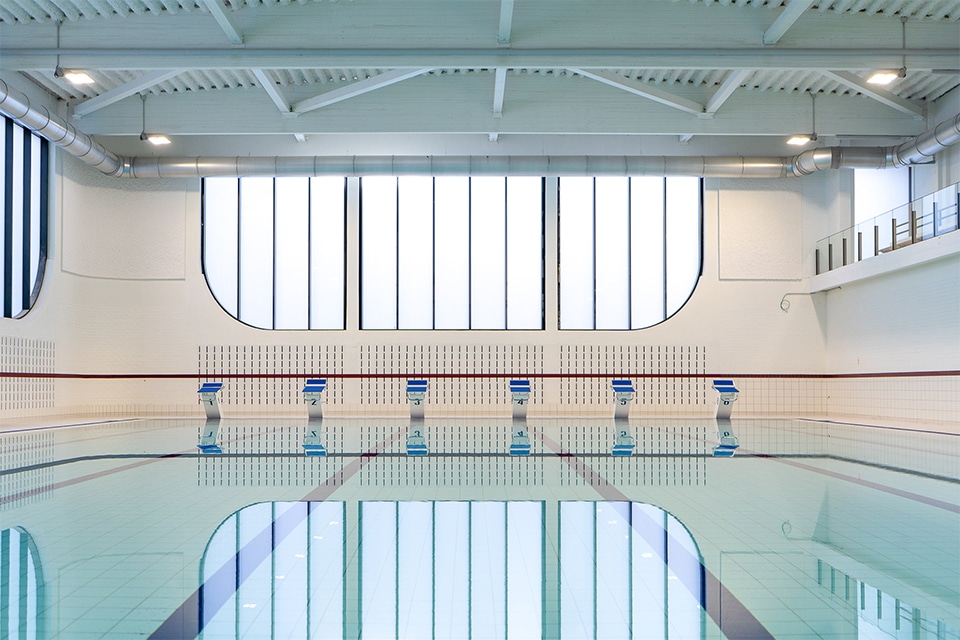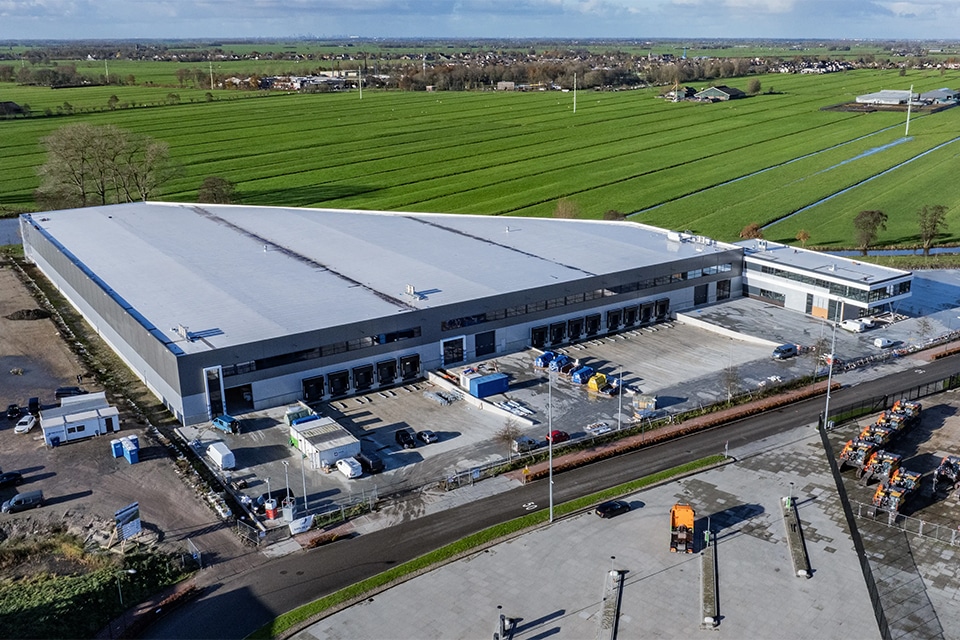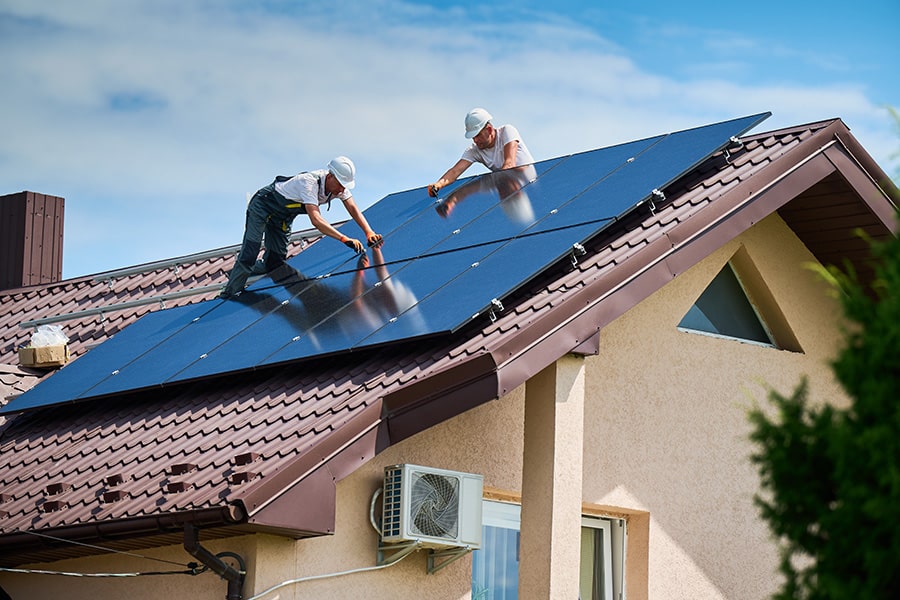
Safe maintenance according to the Occupational Health and Safety Act
THE ROOF AS A SAFE PLACE TO WORK
Governments are encouraging the implementation of sustainable technologies in buildings, leading to more and more innovations and applications on roofs, such as solar panels, heat pumps and other electrical installations. All these installations must be able to be maintained safely, according to the rules of the Occupational Health and Safety Decree. In doing so, the building owner has a duty to ensure a safe workplace, and that includes the roof.
The Occupational Health and Safety Decree states that both the designing party and client have the responsibility to assess whether a building is safe to maintain. Yet the client remains ultimately responsible at all times, says Harry Spies, operations manager at Aboma. "Especially in new construction, the roof is used as a pitch for all kinds of installations, but the fact that these installations must be maintained in a safe manner is regularly overlooked." Duco Opdam, safety consultant at Aboma, adds: "It is therefore important to pay attention to the roof as a safe workplace already during the design, instead of only testing what has been conceived at the end. Then it is often a lesson in dealing with disappointments."
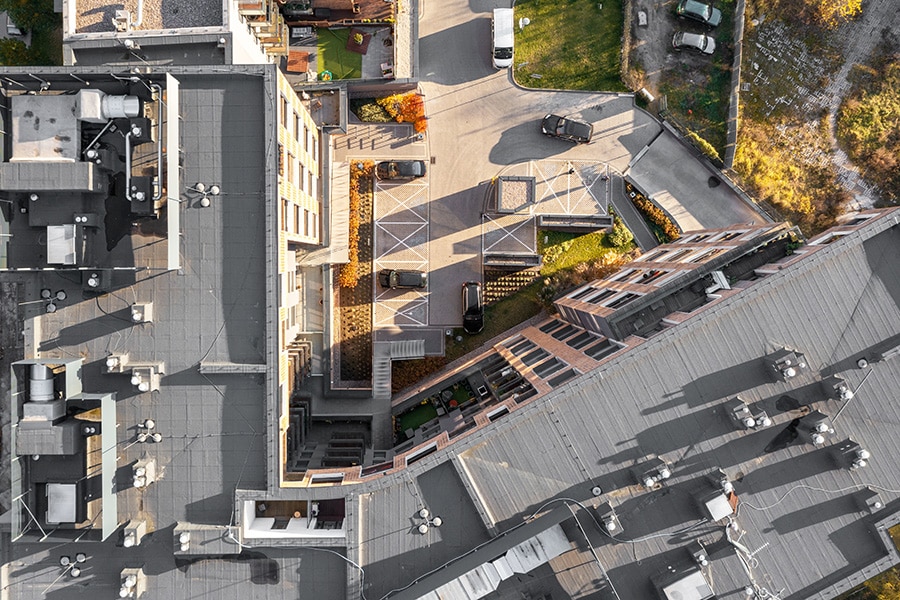
Maintenance file
A H&S plan is drawn up during the design of a building, particularly to assess whether a building can be built safely, Spies explains. "In addition, it is based on an H&S file that describes how the building can be safely maintained. Think of it as a building's maintenance booklet. This must be initiated in the first instance by the designing party, but the client also has a role in this. He must ensure that the designing and executing party comply with the rules of the Occupational Health and Safety Decree." Opdam: "And this is quickly overlooked, especially with ground-level homes. People often forget that the heat pump on the sloping roof must be periodically maintained by the installer. If this cannot be done safely, an installer will not perform the maintenance. Formally, as a homeowner, you may go back to your client because, in accordance with the law, they have not constructed a building that is safe to maintain. The law makes no distinction here between ground-level homes, apartment buildings with a
VvE or residential towers."
Occupational hygiene strategy
How does the roof become a safe workplace? "From the Occupational Health and Safety Act, you go through the occupational hygiene strategy," says Spies. "In other words, the order in which you must take measures to ensure that work can be done as healthily and safely as possible. This starts with a source approach, by which you completely eliminate a risk. So preferably don't place a heat pump on the roof, but in the garden. If that doesn't work, then look at collective measures, such as installing a roof curb or railing. If that's not an option either, then you lapse into a leash provision." Opdam: "The lower down in the occupational hygiene strategy, the higher the degree of instruction. And in terms of cost, a source or collective measure often works out better in the long run. So it is important to set the highest possible priorities in the occupational hygiene strategy. And all these choices must be included and substantiated in the H&S plan and file."
What is outlined above applies not only to new construction, but also to large-scale renovation or transformation of buildings. "From Aboma, we consider the maintenance of a building holistically," says Spies. "In addition to the roof, we also assess, for example, whether washing and smaller maintenance activities on the facade can be carried out safely. And if necessary, we give advice for possible adjustments. We also provide training on these topics to clients in order to brush up on knowledge about the obligations and requirements imposed by laws and regulations."
